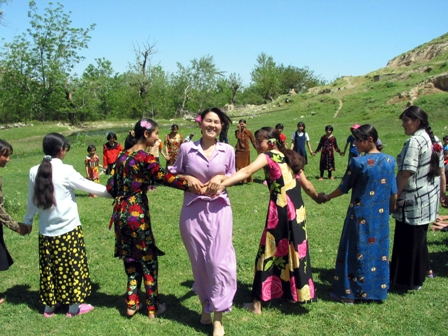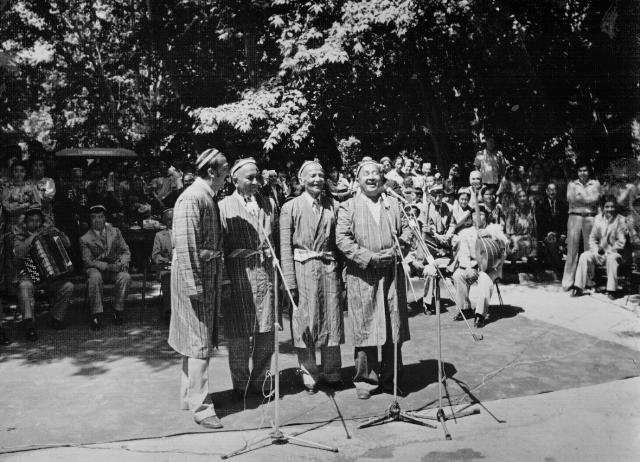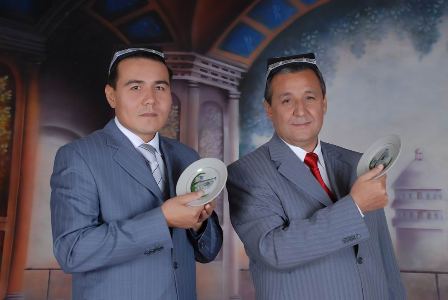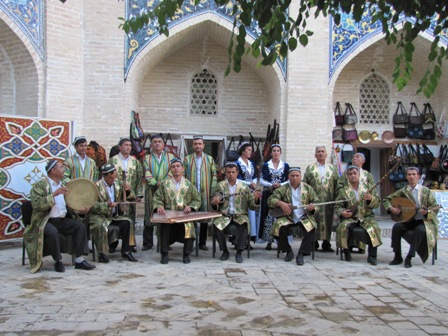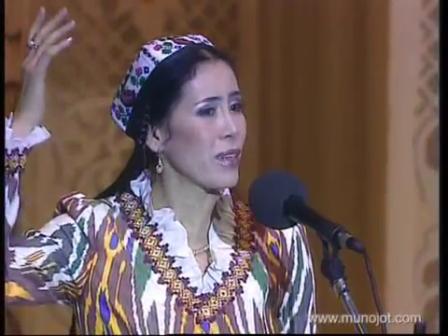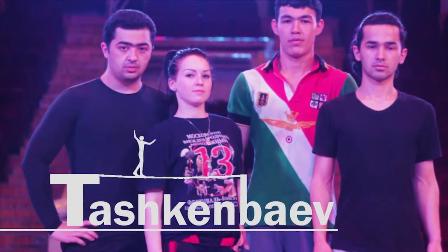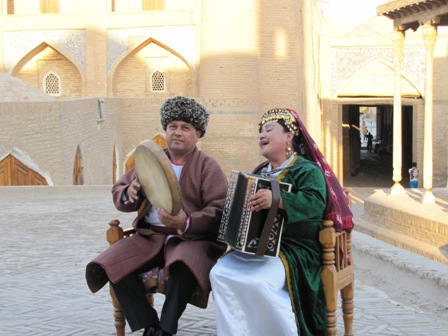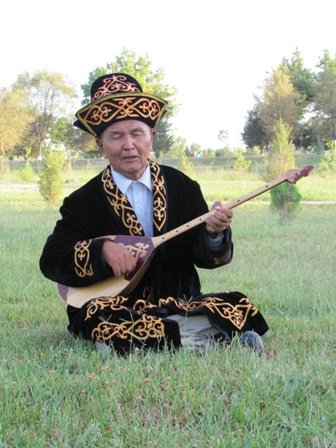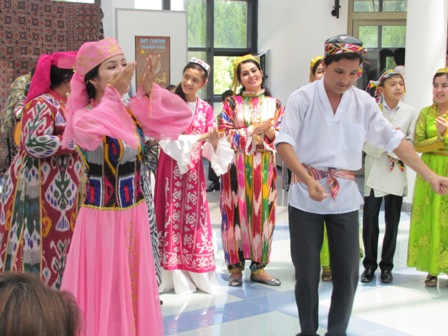Ganchkorlik (Ganch Carving)
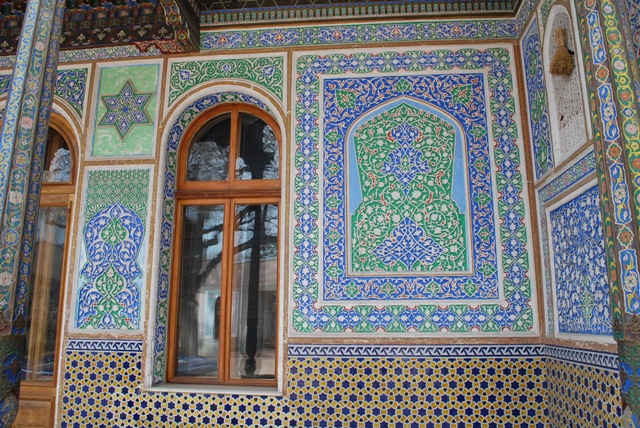
Domain: Traditional Craftsmanship
Index Number: 05.07
Ganch carving is one of the most ancient types of architectural-decorative arts of Uzbekistan. The brightest examples of carved ganch of pre-Islamic period are wall panels in the palaces of Tuproq qala (located in Khoresm; related to the IV-V centuries A.D.) and Varakhsha (located near Bukhara; related to the VII-VIII centuries A.D.). The examples related to the early Islamic period are represented by carved ganch panels to be found in Afrosiyob (IX-XI centuries A.D.) and in the palace of Termez Shahs (XI-XII centuries A.D.).
Substantial advancement in ganch carving art was made during Temurids' epoch and continued during the ruling period of Uzbek khanates (in the XVII-XIX centuries). Wonderful examples of refined ornamental ganch patterns, which were made on a smooth surface, are to be found in the halls of the country palace of Bukhara Emir (called "Sitorai Mohi Khosa") as well. It should be noted that the author of these wonderful ornamental works was Usto Shirin Muradov, a prominent ganchkor (ganch carver) of that time.
At the beginning of the ХХ century main centers of ganch carving were Khiva, Bukhara, Tashkent, Samarkand, Andijan, Namangan and Kokand. It was widely applied in decorating palaces, madrasahs, mosques and residential houses of rich citizens. The technique of creating a pattern on ganch surface is labor-intensive one. First, on the raw surface draft picture of the future ornamental pattern is drawn. Then, relief pattern is cut along the outline, while the background is deepened and salient parts of the pattern are finished. Also, special skill requires the work on relief pattern, because the effect of perception of the whole carved panel depends on it. As a matter of fact, Uzbek masters have developed many techniques of finishing relief patterns, which make carved panels look more dynamic, their salient and deepened parts more expressive thanks to the effect of light and shade. Also, particular contribution to the technology and art of national ganch carving was made by masters from Bukhara. They created a distinct type of carving called "tabaka pardoz", according to which, carving has a shallow depth, which allows making ornamental motifs on a smooth surface more effectively. At the end of the XIX – beginning of the XX century the technique of colored ganch was actively applied in practice, which allowed making pictures (designs) clearer, and as a result - achieving better artistic effect. In general, Bukhara school of ganch carving stood out with diversity of motifs used and with elegance these motifs were presented. At the same time, ganch carving works of masters of Samarkand are much close to those of Bukhara in terms of refinement of style. However, what makes them different is the application of more sophisticated technique of creating ganch stalactites, which decorate upper corners of walls with carved panels. Tashkent school of ganch carving, in contrast, is characterized by application of ornamental patterns of larger size, by leaving much space for the background. Also, elegant are girihs (representing rich and complex knots of geometric patterns) to be found in the ganch works of Kokand and Khiva masters.
It bears mentioning that a group of prominent ganchkors (ganch carvers) of Uzbekistan, representing different schools, participated in creation of masterpieces of ganch carving for the interior of Opera and Ballet Theatre named after A. Navoi, located in the downtown of Tashkent in 1946. Among them, along with Usto Shirin Muradov (master from Bukhara), there were famous ganchkors like Toshpolat Arslonqulov and Usmon Mahmudov (from Tashkent), Abdulla Boltaev (from Khiva), Quli Jalilov (from Samarkand) and Mahmud Norqoziev (from Ferghana Valley).
By the 1970s active application of ganch carving is observed in designing administrative buildings, cultural sites, shops and cafes of Tashkent and other cities of Uzbekistan. And by the 1990s a distinct school of ganchkors got formed in Tashkent, which finished the interiors of various buildings of the capital. From among the works done by this school it is possible to mention wonderful carved ganch panels to be found in "Turkiston" palace, "Navruz" Marriage Palace, buildings of "Oliy Majlis" and Stock Exchange Center, as well as in various theatres, subway stations and other buildings of independent Uzbekistan.
At present ganch carving remains one of the leading types of folk decorative and applied arts of Uzbekistan, and its role increases in designing the architectural buildings. In addition, contemporary ganch carvers of Uzbekistan are working on decorating interiors of various buildings located in foreign countries (for example, in Kazakhstan, Tajikistan, Russia, Ukraine, Germany, France, Malaysia, etc.).





